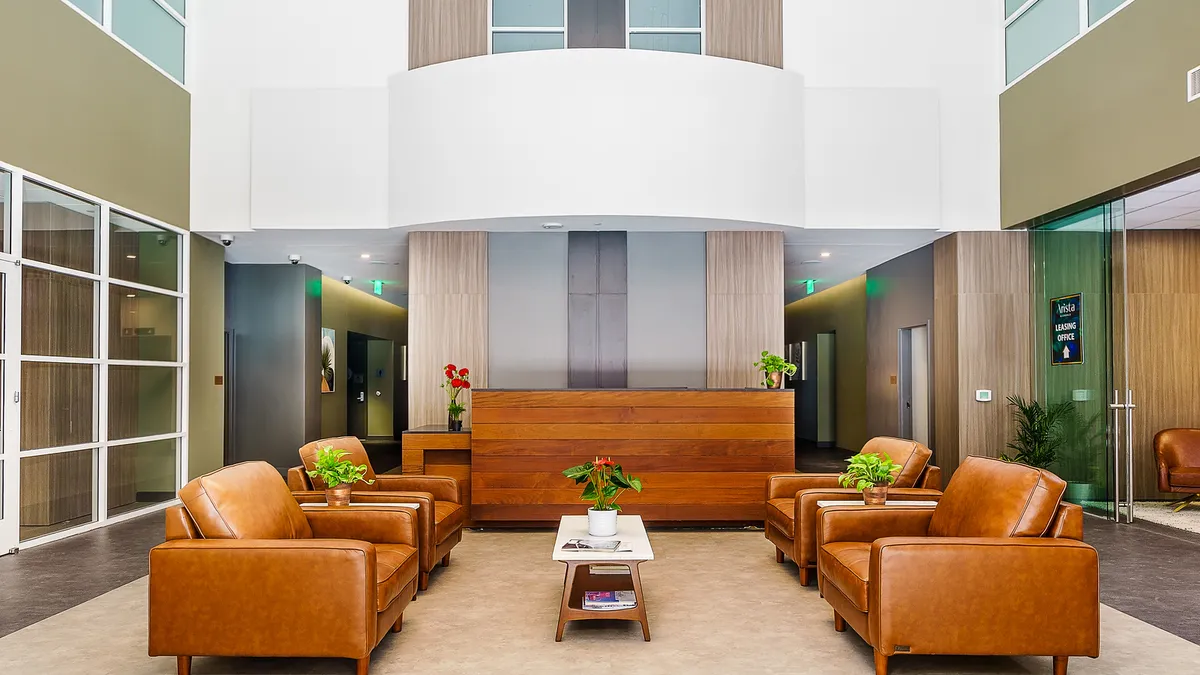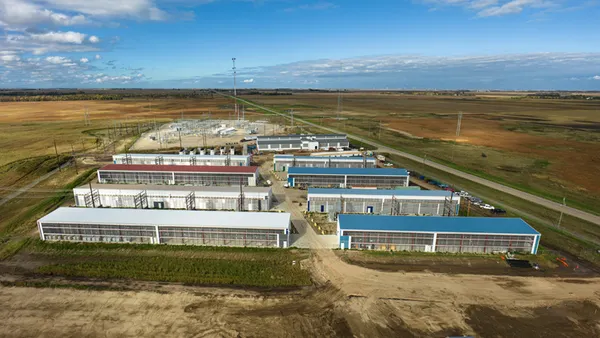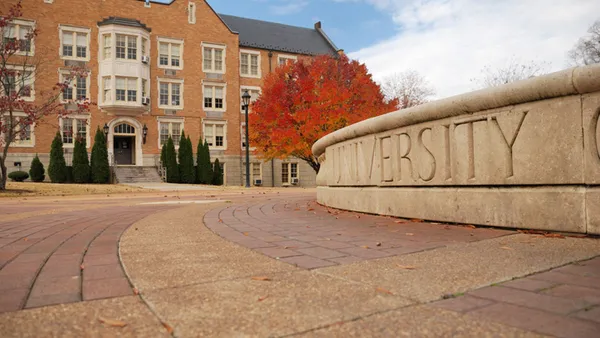Dive Brief:
- Lamar Johnson Collaborative is launching a methodology to facilitate easier and quicker analyses of adaptive reuse projects and help real estate developers assess the viability of converting vacant office and commercial buildings to other uses, according to a March 25 news release shared with Facilities Dive.
- The Chicago-based firm’s Adaptive Reuse Scorecard assigns seven categories a weighted score of 1 to 100. The scores assigned to each category are then averaged to determine a building’s suitability for adaptive reuse, LJC said, noting that projects scoring over 70% in total are considered viable for conversion.
- LJC Principal Alan Barker cited expectations of a growing volume of adaptive reuse projects. The scorecard “will undoubtedly help us quickly evaluate projects and select those that pencil out financially for our clients,” Barker said in the release.
Dive Insight:
Amid a growing interest in adaptive reuse projects since the onset of the COVID-19 pandemic, partly as a strategy to revitalize downtown areas, the White House has committed to new financing tools, technical assistance and guidance to spur commercial-to-residential conversions.
“Working with existing structures involves complexities that often create a lengthy pre-development process, requiring developers to commit significant resources before they even determine [whether] a project is viable,” Barker said in the release.
LJC said the proprietary scorecard, developed by in-house architects, designers and adaptive reuse experts from the construction and development industries, focuses on the categories of a building’s form; its development potential; building systems such as elevators and HVAC units; connectivity in terms of walkability, parking and public transit access; amenities; the building envelope; and other intangible factors, such as the building’s history, reputation and marketing potential.
The challenges of converting existing structures include the need for a broader understanding of unit layouts, access to light and air, building structure, mechanical systems and building skins, alongside the nuances of weighing alterations appropriately, according to the company website.
Barker noted that the scorecard will enable assessments of potential conversion projects much earlier in the process and that rapid analyses of such projects will become paramount as industry professionals mull the potential for adaptive reuse as an “option for vacant commercial buildings” and a solution for the housing shortage.
By harnessing the expertise of its partner companies to gather insights about a potential project’s design, engineering, construction, glazing system and other related factors, LJC can quickly create an integrated assessment of a building’s suitability for adaptive reuse, Barker added.
The firm’s clients, Barker said, are expected to benefit from this methodology, which provides flexibility, encourages innovation and helps navigate the inherent unpredictability of the conversion process by bringing unforeseen conditions to light as they arise.
The design and architecture firm completed beta testing of its scorecard, drawing on a sample of buildings in the Chicago and Los Angeles areas, per the release. LJC said it intends to work with developers to identify “adaptive reuse candidates” across U.S. cities.














